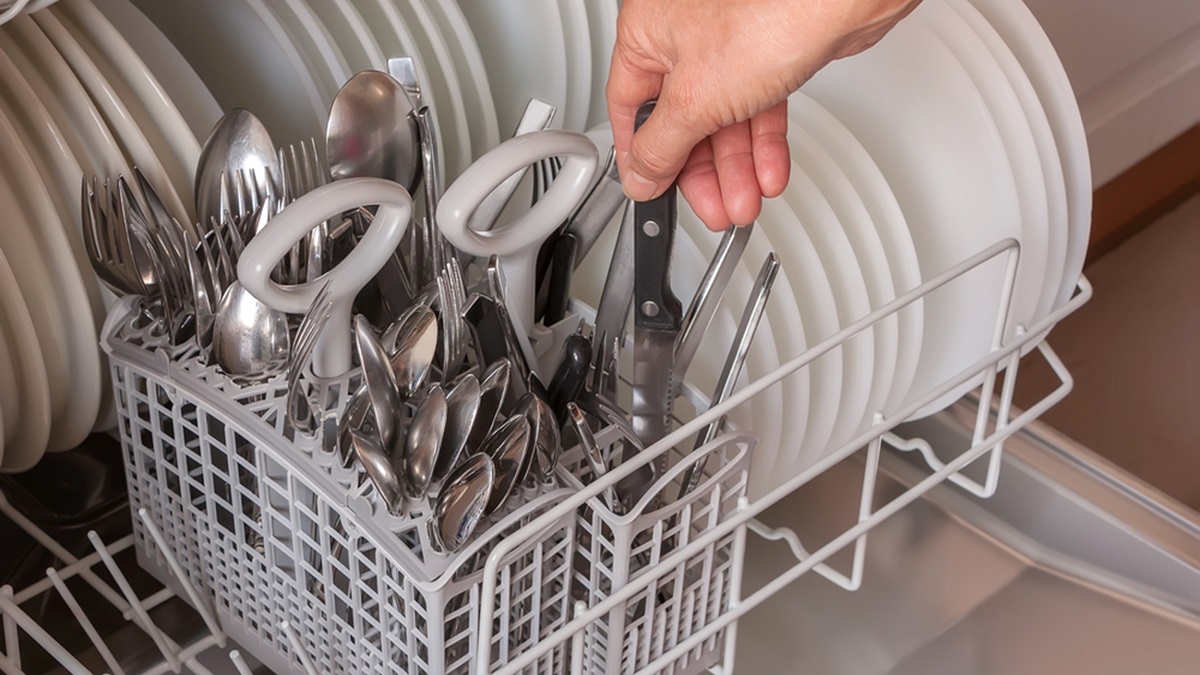

Articles
How To Put Silverware In The Dishwasher
Modified: January 18, 2024
Discover expert tips and advice on how to properly load silverware in the dishwasher. Read our informative articles for a spotless clean every time.
(Many of the links in this article redirect to a specific reviewed product. Your purchase of these products through affiliate links helps to generate commission for Storables.com, at no extra cost. Learn more)
Introduction
Welcome to our guide on how to effectively put silverware in the dishwasher. Keeping your silverware clean and properly organized is essential for maintaining a clean and efficient kitchen. By following the steps outlined in this article, you can ensure that your silverware comes out sparkling clean and ready to use.
The dishwasher is a convenience that many of us rely on to handle our kitchen cleaning needs. However, it’s important to use it correctly to get the best results. This guide will walk you through the process of preparing your dishwasher, sorting your silverware, loading it into the dishwasher, and properly removing and storing it once it’s clean.
Properly loading your silverware in the dishwasher not only ensures cleanliness, but it also helps prevent any damage to the utensils and the dishwasher itself. By taking the time to organize and arrange your silverware correctly, you can avoid issues such as silverware clogging the spray arm or utensils being jostled and damaged during the wash cycle.
So, let’s dive into the step-by-step process of putting silverware in the dishwasher to ensure a hassle-free and efficient cleaning experience!
Key Takeaways:
- Properly loading and organizing silverware in the dishwasher is crucial for efficient cleaning and preventing damage. Follow the step-by-step guide to ensure sparkling clean utensils and a hassle-free experience.
- Take the time to prepare, sort, load, and position silverware correctly in the dishwasher for optimal cleaning results. Properly removing and storing clean silverware ensures it remains in good condition and ready for use.
Read more: Where To Put Silverware On The Table
Step 1: Preparing the Dishwasher
Before loading your silverware, it’s important to ensure that your dishwasher is clean and ready for operation. Here are a few simple steps to prepare your dishwasher:
- Clear out any leftover dishes: Remove any dishes, glasses, or cookware from previous meals, ensuring that the dishwasher is empty and ready for a new load.
- Clean the filter: The dishwasher filter collects food particles and debris to prevent them from clogging the drain. Remove the filter and rinse it under running water to remove any residues. If necessary, use a soft brush to gently scrub away stubborn stains.
- Inspect the spray arms: The spray arms distribute water throughout the dishwasher, ensuring a thorough cleaning. Check for any clogs or buildup by removing the arms and running water through them. If necessary, use a toothpick or small brush to remove any blockage.
- Check the detergent dispenser: Make sure the detergent dispenser is clean and free from any residue. If necessary, wipe it with a damp cloth to remove any buildup.
- Ensure the racks are secure: Check that the racks are properly aligned and secure, avoiding any wobbling or instability during the wash cycle.
By taking these simple steps to prepare your dishwasher, you can ensure optimal performance and a more efficient cleaning process for your silverware.
Step 2: Sorting the Silverware
Sorting your silverware is an essential step in ensuring an organized and effective dishwasher load. Proper sorting ensures that the silverware gets cleaned thoroughly and prevents any potential damage. Here’s how you can sort your silverware:
- Separate by type: Begin by separating your silverware into different types, such as forks, knives, spoons, and other utensils. This will make it easier to arrange them in the dishwasher and prevent them from tangling during the wash cycle.
- Sort by material: If you have a mix of stainless steel and silver-plated silverware, it’s best to sort them separately. Silver-plated items require special care, and separating them from stainless steel prevents any potential chemical reactions or tarnishing.
- Remove any food residue: Before placing your silverware in the dishwasher, it’s important to remove any large food particles or residues. This prevents them from becoming stuck on the utensils or clogging the dishwasher’s drain.
- Avoid overcrowding: Ensure that there is enough space between each piece of silverware in the dishwasher. Overcrowding can prevent proper water circulation and cleaning. If necessary, run multiple dishwasher loads to avoid overcrowding.
- Place delicate items separately: Delicate or fragile silverware, such as fine china or crystal-handled utensils, should be placed separately or hand-washed to prevent any potential damage.
By sorting your silverware before loading it into the dishwasher, you can optimize the cleaning process and ensure that each piece gets the attention it deserves. It also makes unloading and organizing the clean silverware much easier.
Step 3: Loading the Silverware
Now that you have properly sorted your silverware, it’s time to load them into the dishwasher. Follow these guidelines to ensure an efficient and effective loading process:
- Place large utensils in the designated slots: Begin by placing large utensils, such as serving spoons and spatulas, in the designated slots or compartments in the silverware basket. This prevents them from obstructing the spray arm and ensures they get cleaned properly.
- Alternate the silverware: When loading forks, spoons, and knives, alternate their handles up and down to prevent them from nesting together. This allows for better water flow and cleaning.
- Avoid overlapping: Ensure that the silverware is placed in a way that avoids any overlapping or stacking. This allows the water and detergent to reach every piece and ensures a thorough cleaning.
- Separate knives for safety: To prevent accidents and ensure safety during unloading, place the knives with their handles facing down in the designated slots. This reduces the risk of accidentally grabbing the blade when unloading.
- Use a separate container for small utensils: If your dishwasher has a utensil tray or a small item container, use it for placing small items such as teaspoon, cocktail forks, or baby utensils. This helps to keep them organized and prevents them from falling through the silverware basket.
Remember to take your time while loading the silverware, ensuring that each piece is properly placed and arranged. A well-organized dishwasher load will lead to better cleaning results and make the unloading process much easier.
When loading the dishwasher, place silverware with the handles down to prevent them from collecting water and to ensure a thorough clean. Keep similar items separated to prevent them from nesting together.
Step 4: Placing the Silverware in the Correct Slots
Placing your silverware in the correct slots is crucial to ensure an optimal cleaning experience. By following these guidelines, you can effectively position your silverware in the dishwasher:
- Separate different types of utensils: Place spoons in one slot, forks in another, and knives in a separate slot. Keeping them separated allows for better water flow and prevents any nesting or tangling during the wash cycle.
- Orientate the silverware: Arrange the silverware so that the handles are facing downward. This allows the water and detergent to reach the food-contact surfaces of the utensils, ensuring thorough cleaning.
- Space out the silverware: Ensure that there is adequate spacing between each piece of silverware. Avoid overcrowding to allow for proper water circulation and cleaning.
- Stagger the silverware: Staggering the silverware in each slot prevents utensils from nesting or becoming stuck together during the wash cycle. This helps to ensure that they are thoroughly cleaned and dried.
- Use compartment dividers: If your dishwasher has compartment dividers in the silverware basket, make use of them to separate individual pieces and prevent them from touching each other.
It’s important to familiarize yourself with the specific configuration of your dishwasher’s silverware basket and adjust as necessary. Some dishwashers have removable sections or adjustable slots that can accommodate different sizes and types of silverware.
By taking the time to place your silverware in the correct slots, you can optimize the cleaning process and ensure that each utensil is thoroughly cleaned and ready for use.
Read more: How To Load Silverware In A Bosch Dishwasher
Step 5: Adding Detergent and Starting the Dishwasher
Now that you have properly loaded your silverware into the dishwasher, it’s time to add detergent and start the cleaning cycle. Follow these steps to ensure a successful wash:
- Select the appropriate detergent: Choose a dishwasher detergent that is suitable for your specific dishwasher and water hardness level. Follow the manufacturer’s instructions for the recommended amount of detergent to use.
- Add the detergent: Open the dishwasher detergent compartment and pour the recommended amount of detergent into it. Be careful not to overfill or spill detergent onto the silverware or other dishes.
- Close the dishwasher door: Ensure that the dishwasher door is securely closed before starting the wash cycle. This ensures that water and detergent will stay inside the dishwasher and prevents any leaks or spills.
- Select the appropriate wash cycle: Depending on the level of dirt and the type of dishes being washed, choose the appropriate wash cycle on your dishwasher. Most dishwashers offer various options, such as normal, heavy-duty, or eco-friendly cycles.
- Start the dishwasher: Press the start button or select the start option on your dishwasher’s control panel to begin the wash cycle. The dishwasher will now automatically handle the cleaning process.
It’s important to note that the duration of the wash cycle may vary depending on the selected program and dishwasher model. Some dishwashers have additional features, such as pre-rinse or sanitize settings, which you can select if desired.
Once the dishwasher is running, it’s best to avoid opening the door during the cleaning cycle to maintain the water temperature and allow for optimal cleaning. After the cycle is complete, you can proceed to the next step of removing and storing the clean silverware.
By following these steps, you can ensure that your silverware gets thoroughly cleaned and ready for use in your kitchen.
Step 6: Removing and Storing the Clean Silverware
After the dishwasher has completed its cycle, it’s time to remove the clean silverware and properly store it. Follow these steps to ensure that your silverware remains clean and organized:
- Wait for the dishwasher to cool down: Before removing the silverware, allow the dishwasher to cool down. This prevents any potential burns or accidents when handling hot utensils.
- Remove the silverware from the dishwasher: Open the dishwasher door carefully and remove the silverware from the designated slots. Be cautious when handling sharp objects such as knives to prevent any accidental cuts.
- Inspect the silverware: Take a moment to inspect each piece of silverware for any remaining food particles or residue. If necessary, use a soft sponge or cloth to gently remove any stubborn stains.
- Dry the silverware: If you prefer to have completely dry silverware, you can either hand-dry them using a clean towel or let them air dry in a dish rack. Keep in mind that air drying may leave some water spots on the utensils.
- Organize and store the silverware: Once the silverware is clean and dry, organize them in your silverware tray or drawer. Separate different types of utensils, such as forks, spoons, and knives, for easy access. You can also store them in a utensil organizer or caddy to maintain organization.
If you notice any tarnished or discolored silver-plated utensils, it’s best to hand wash them separately using mild soap and water. This will help preserve their appearance and prevent any potential damage from the dishwasher’s heat and chemicals.
By properly removing and storing the clean silverware, you can ensure that it remains in good condition and ready for your next meal.
Conclusion
Putting silverware in the dishwasher can be a simple and efficient process when done correctly. By following the steps outlined in this guide, you can ensure that your silverware is not only clean but also properly organized and maintained.
From preparing your dishwasher to sorting and loading the silverware, each step plays a crucial role in achieving optimal cleaning results. By taking the time to sort and position the silverware correctly, you can prevent tangled utensils and ensure that each piece is thoroughly cleaned.
Remember to use the appropriate detergent and select the right wash cycle for your dishwasher to achieve the best results. After the cleaning cycle is complete, take care when removing the silverware, inspecting it, and properly storing it to maintain organization and cleanliness.
While placing silverware in the dishwasher offers convenience, it’s important to note that certain delicate or silver-plated utensils may require special care and handwashing.
By incorporating these steps into your kitchen routine, you can enjoy the convenience of a dishwasher while ensuring that your silverware remains in pristine condition and ready for use.
So, go ahead and confidently put your silverware in the dishwasher, knowing that you have the knowledge to do it right!
Frequently Asked Questions about How To Put Silverware In The Dishwasher
Was this page helpful?
At Storables.com, we guarantee accurate and reliable information. Our content, validated by Expert Board Contributors, is crafted following stringent Editorial Policies. We're committed to providing you with well-researched, expert-backed insights for all your informational needs.
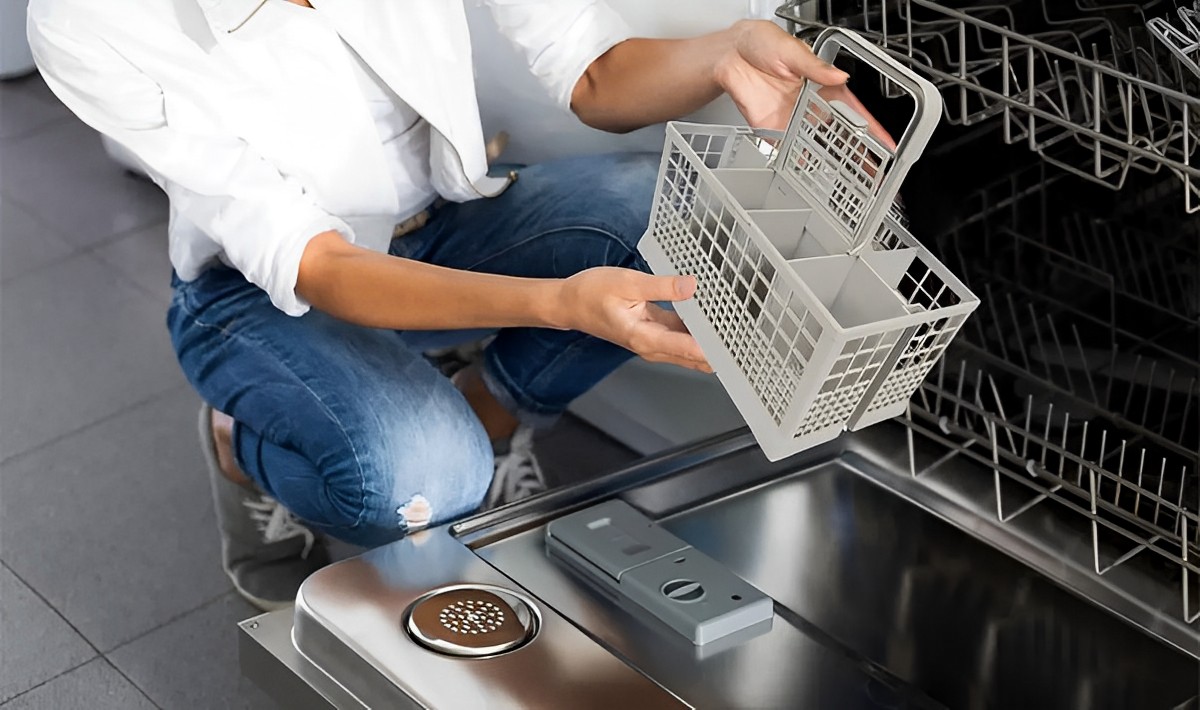
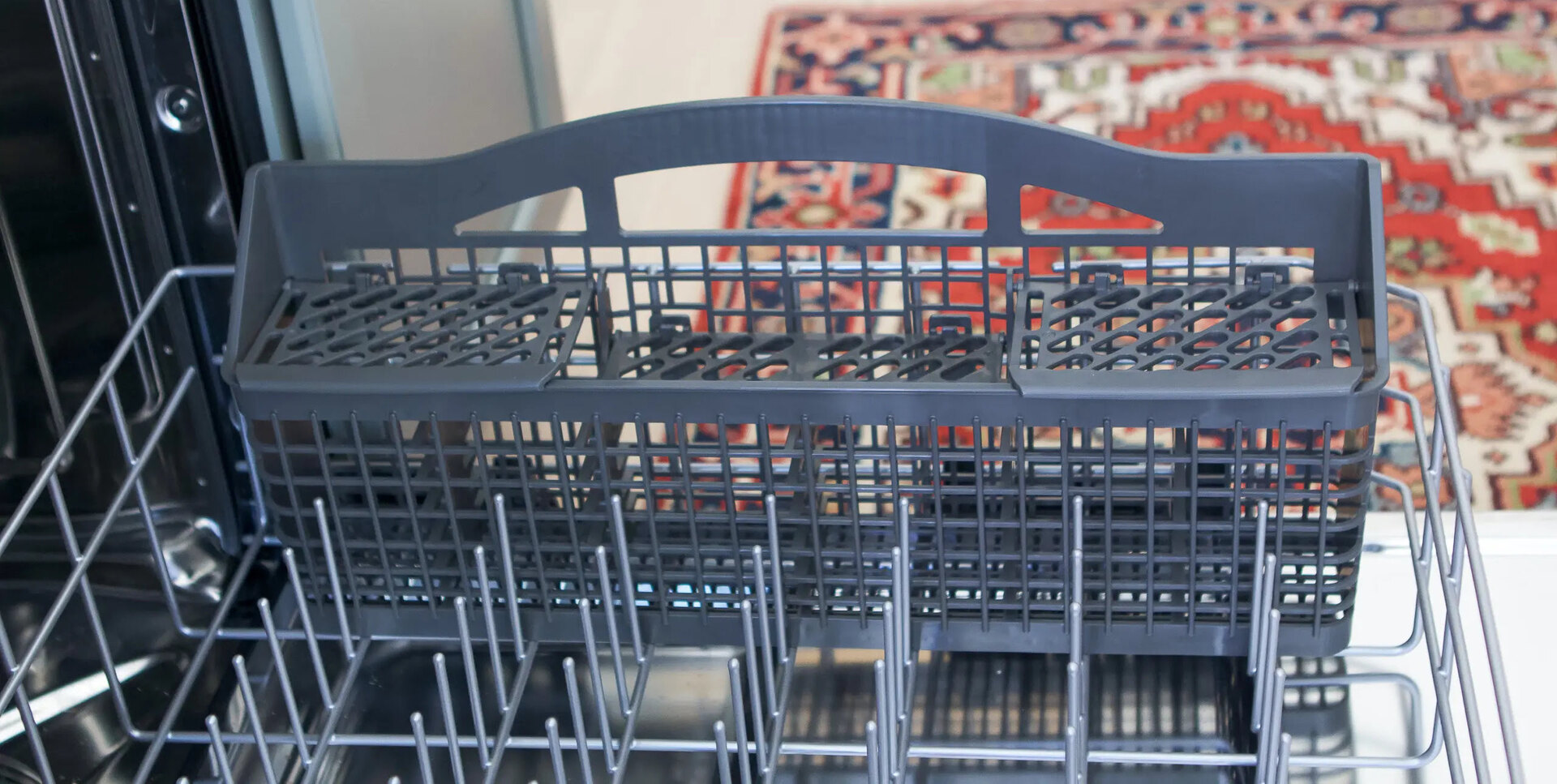
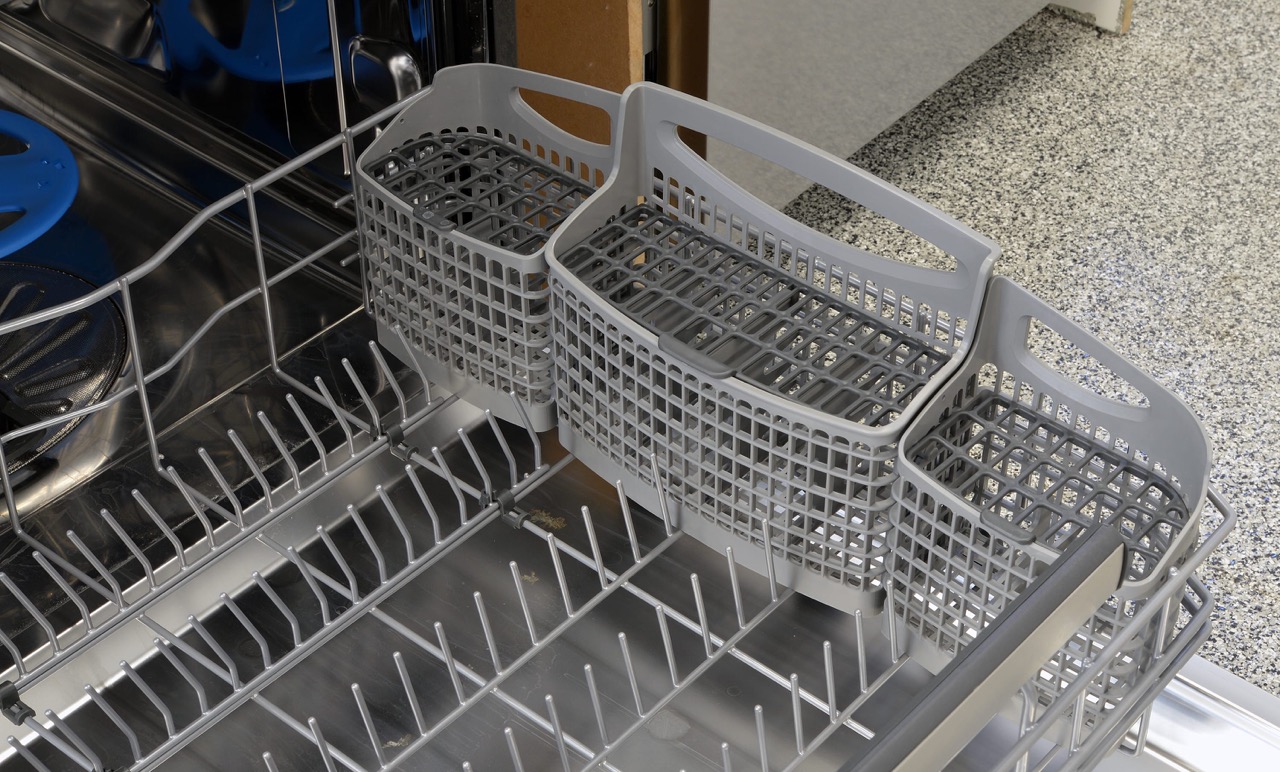
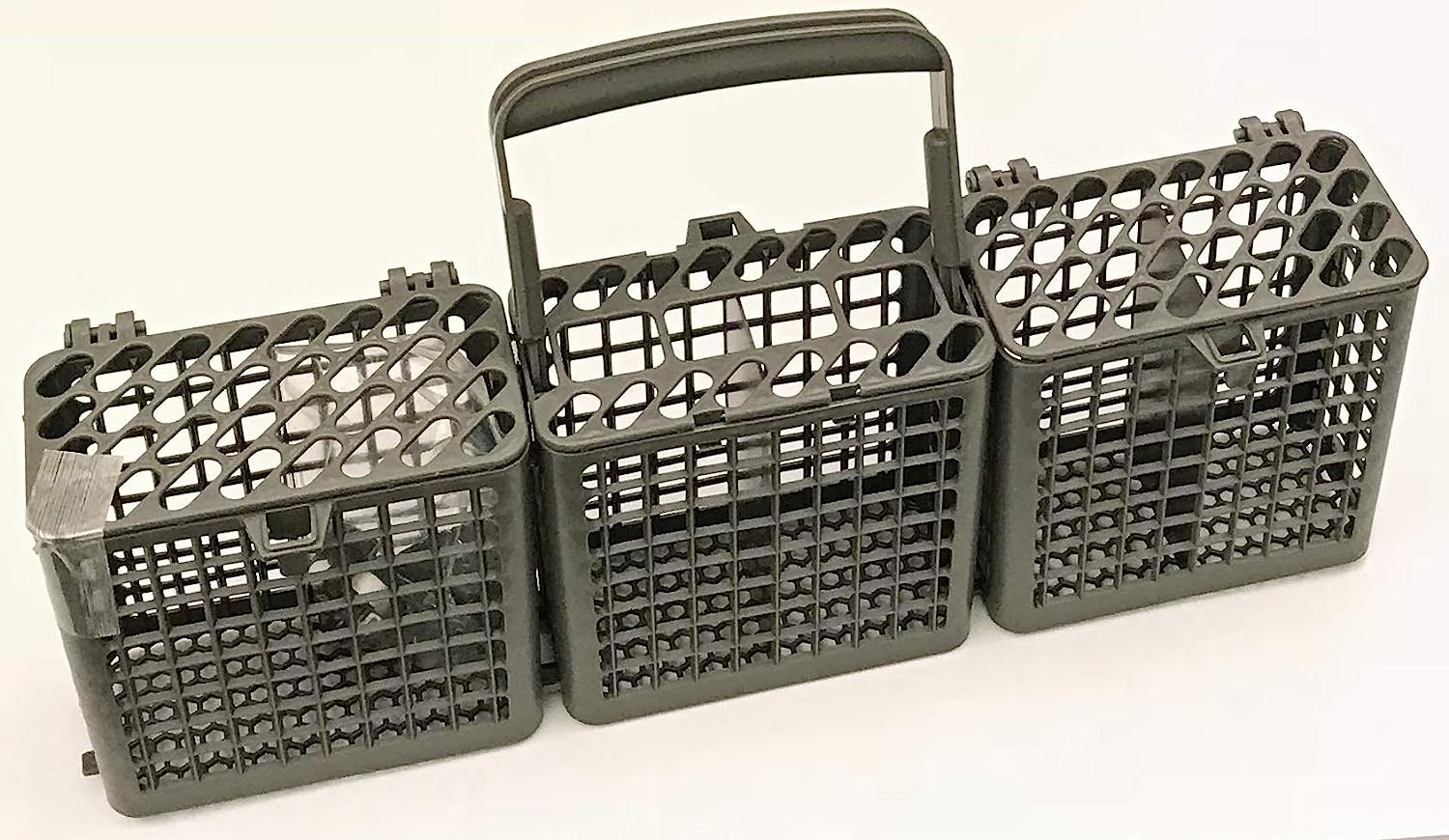
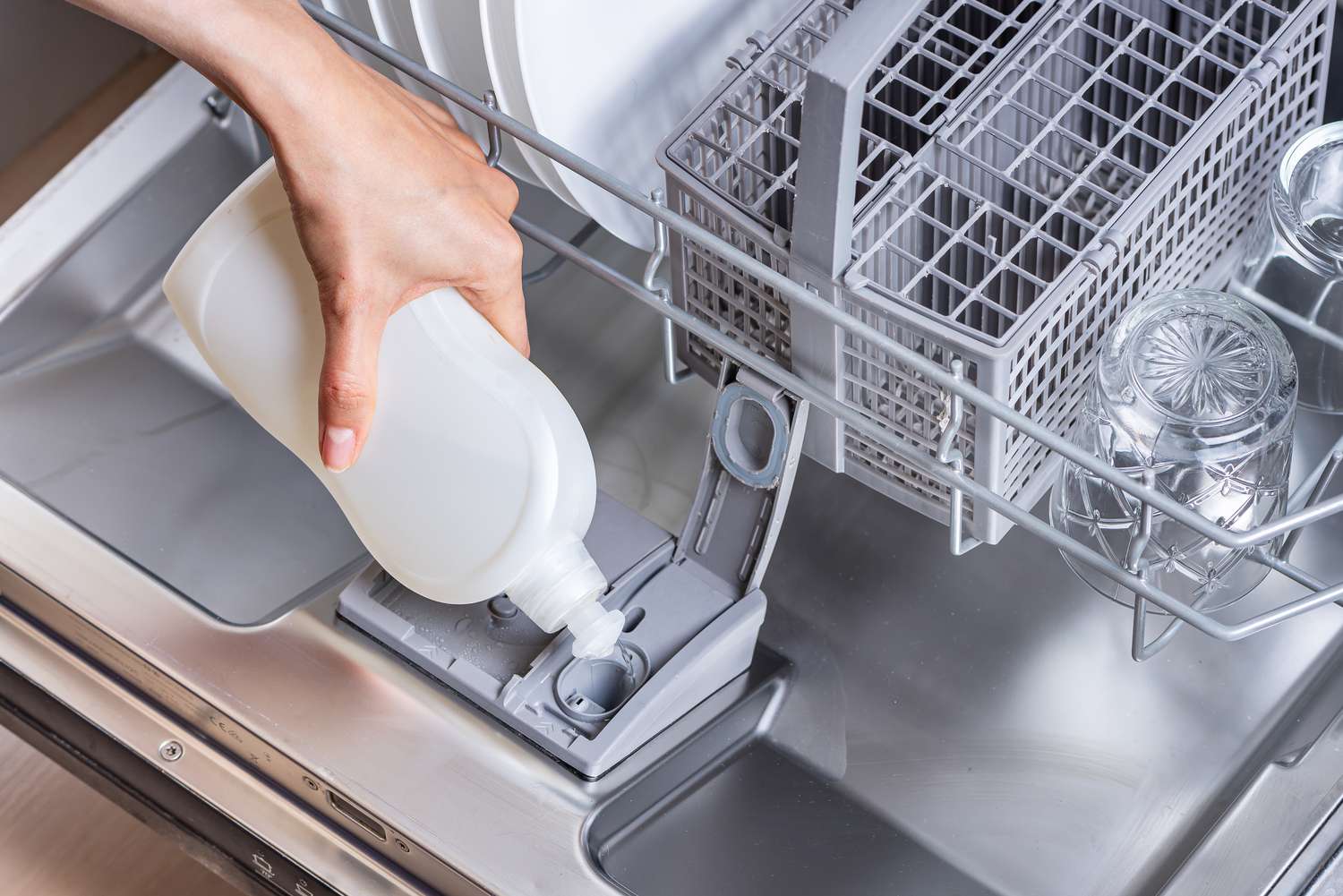
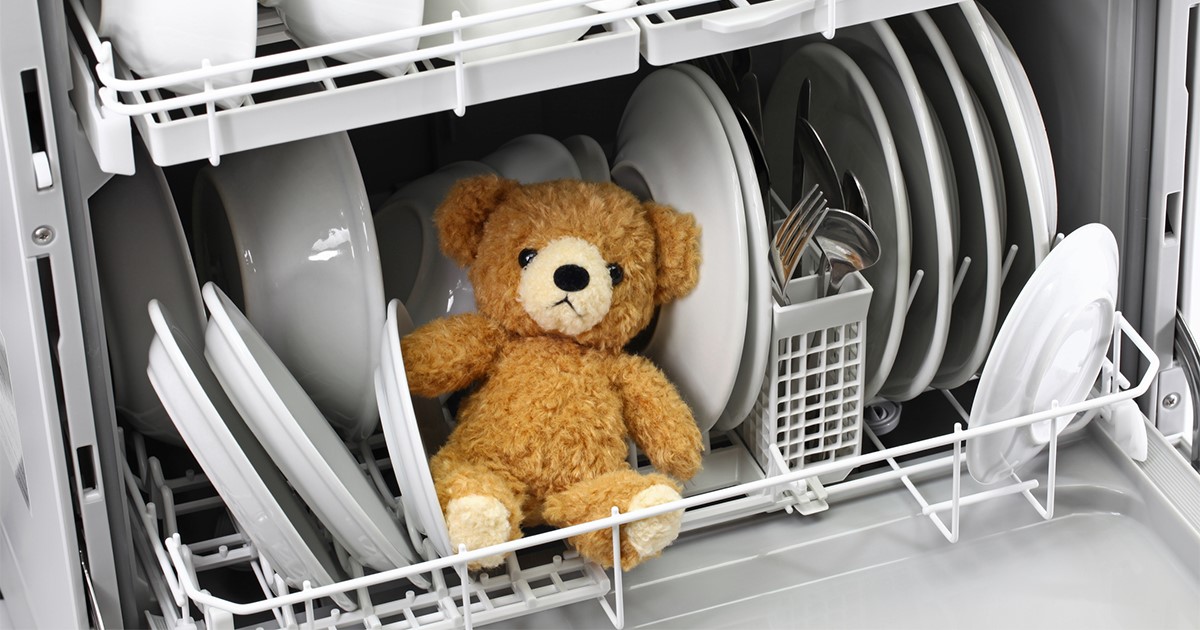
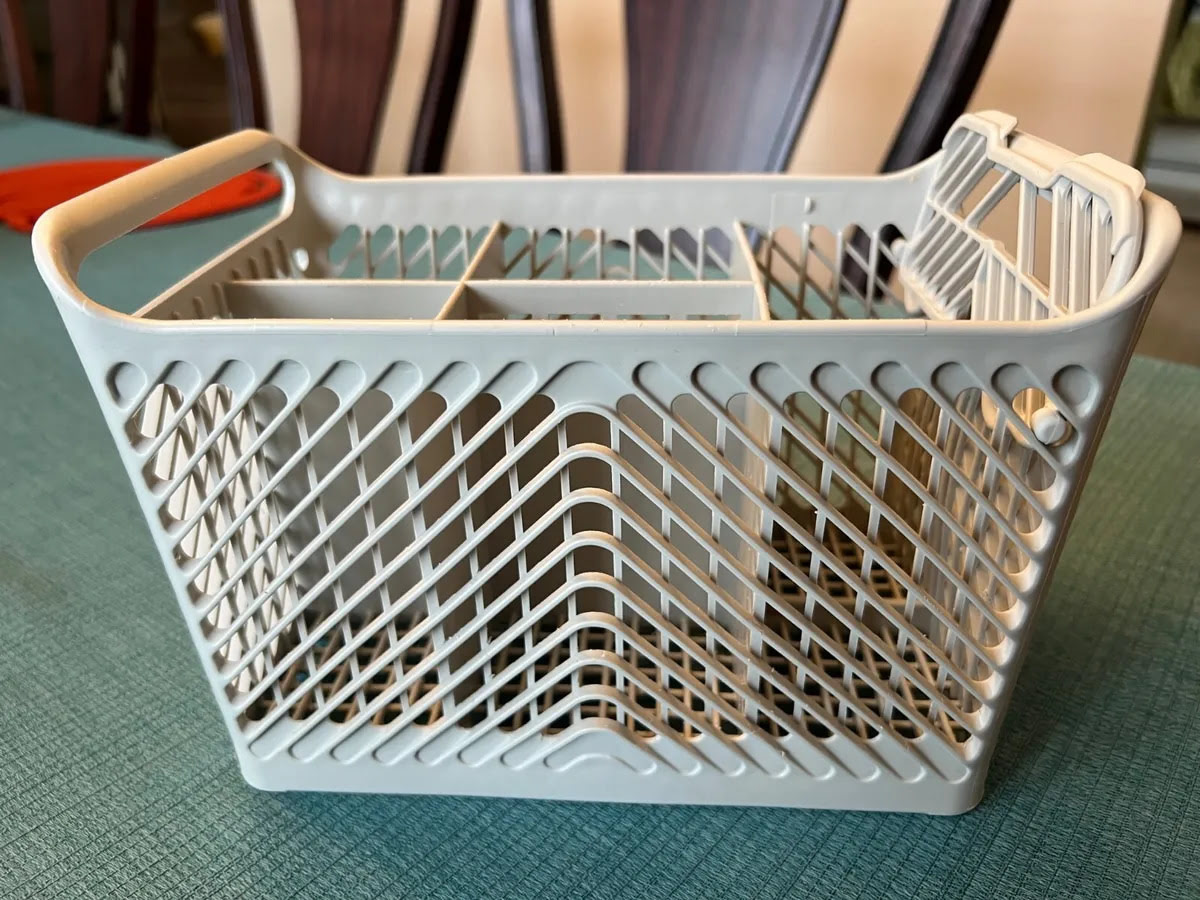
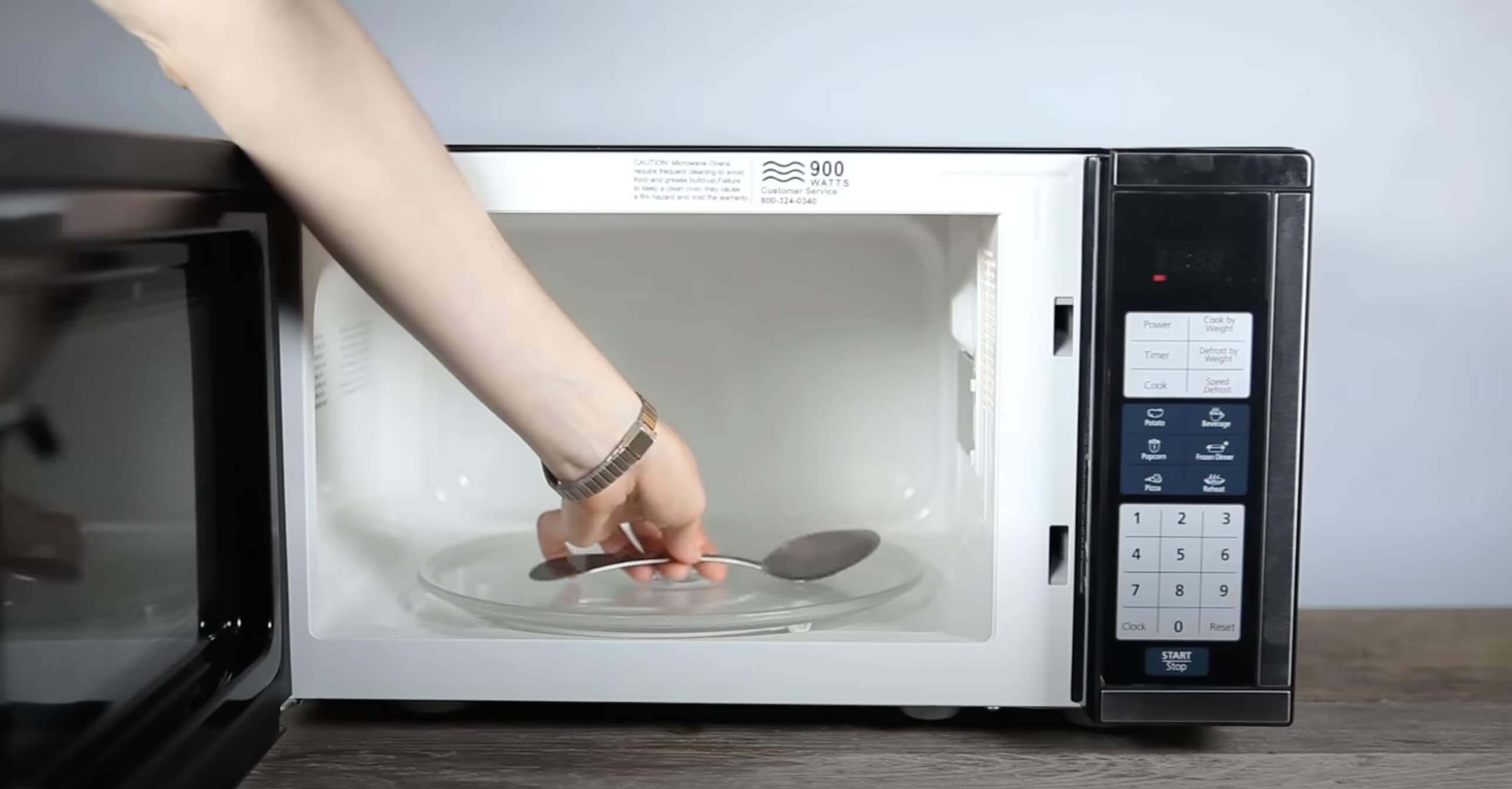
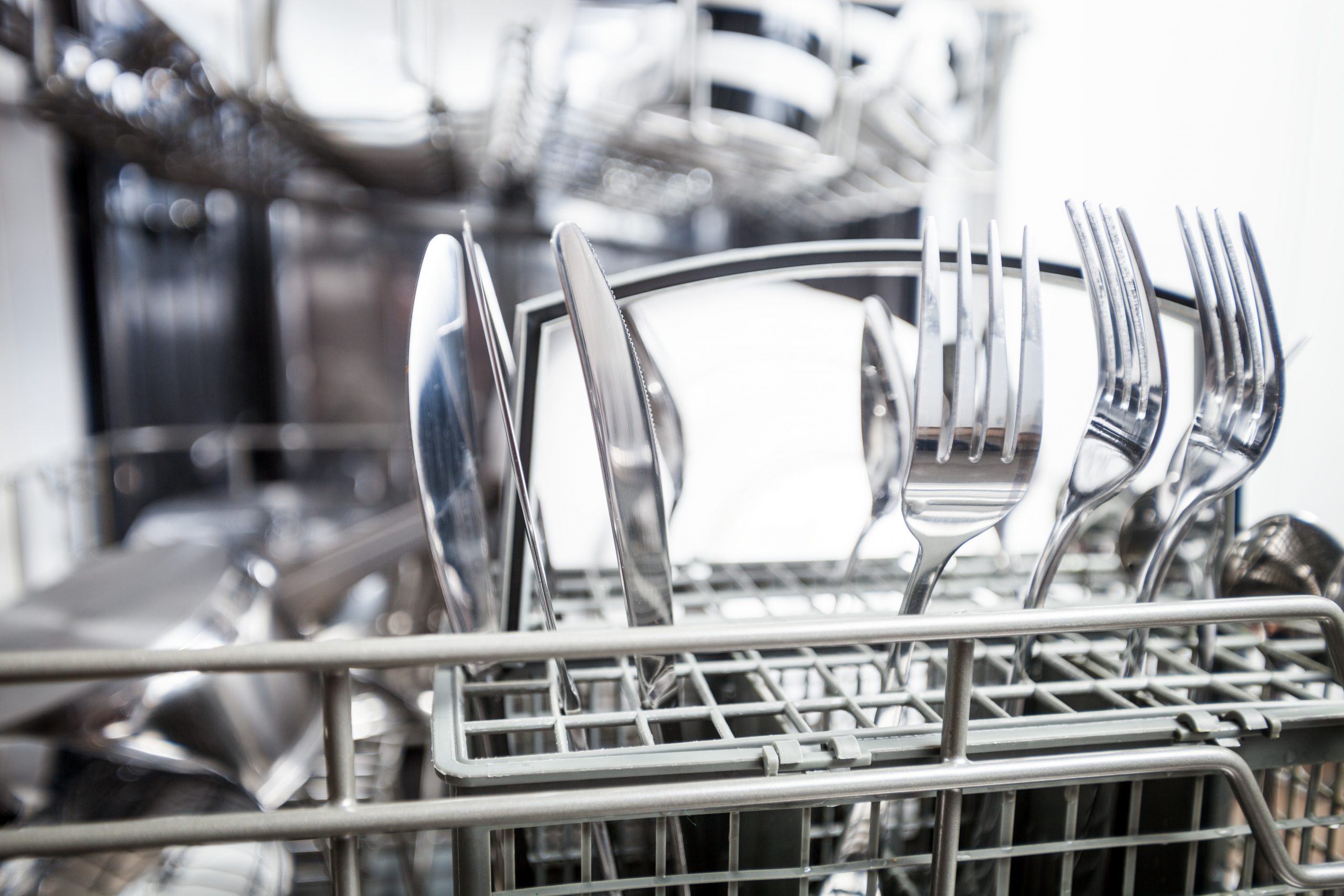
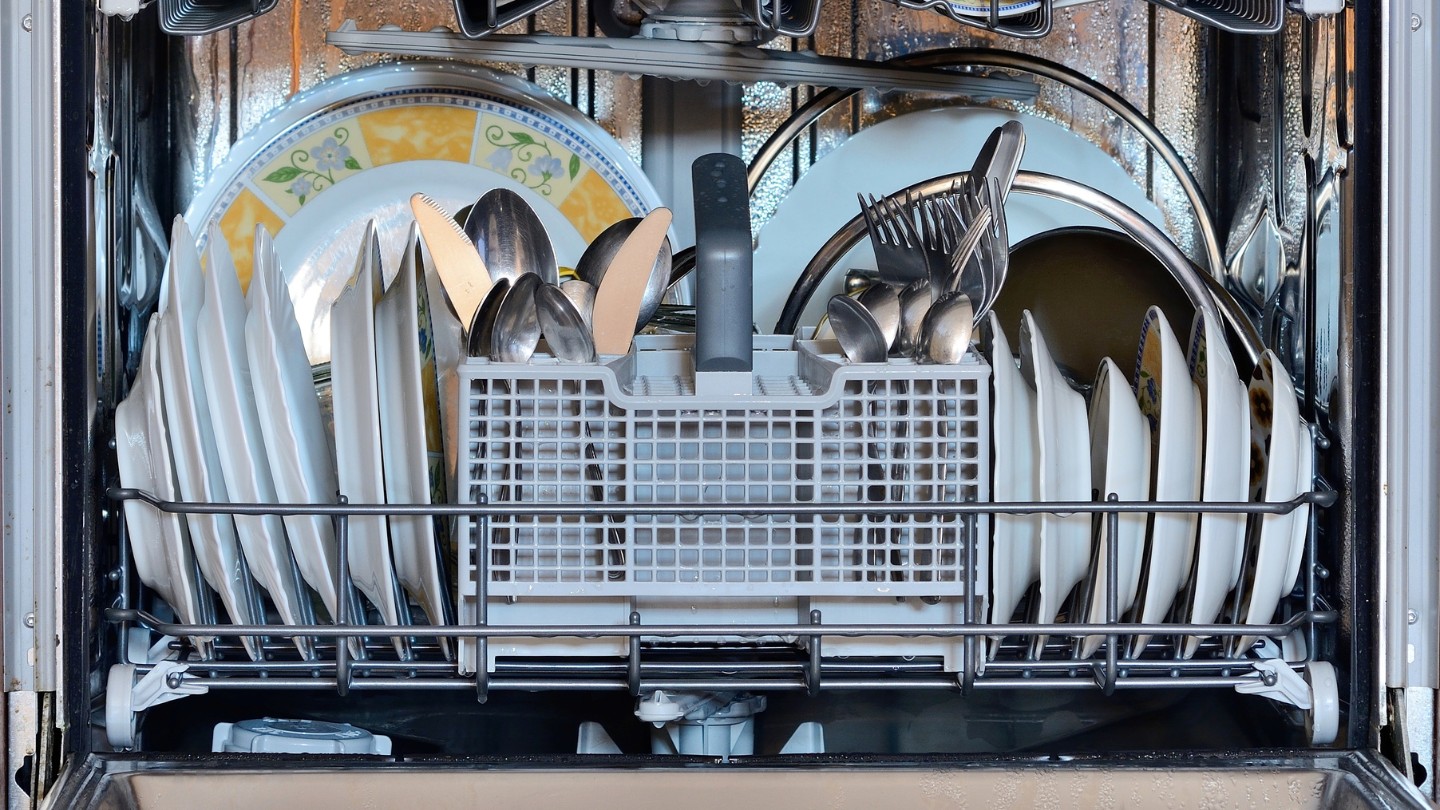
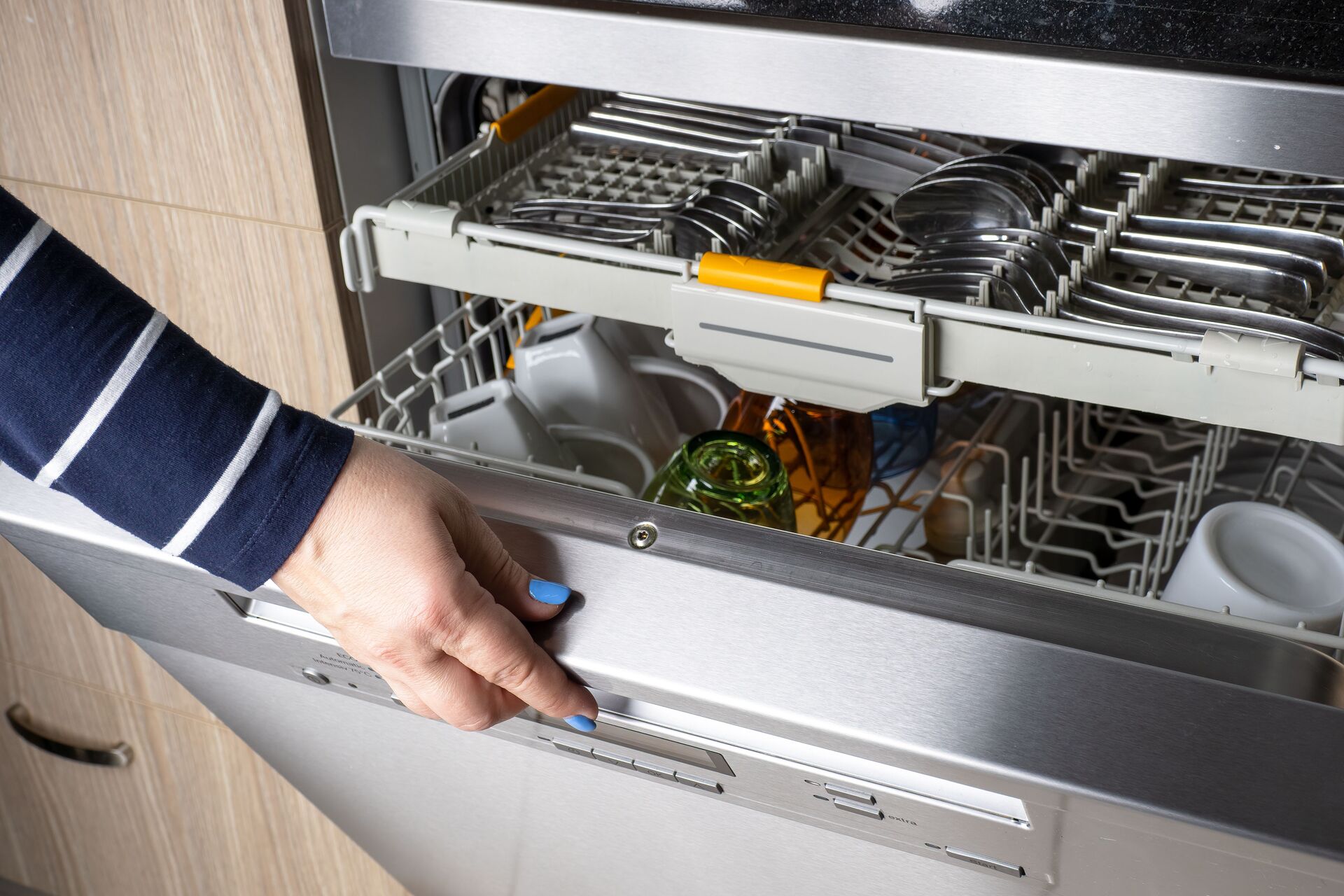
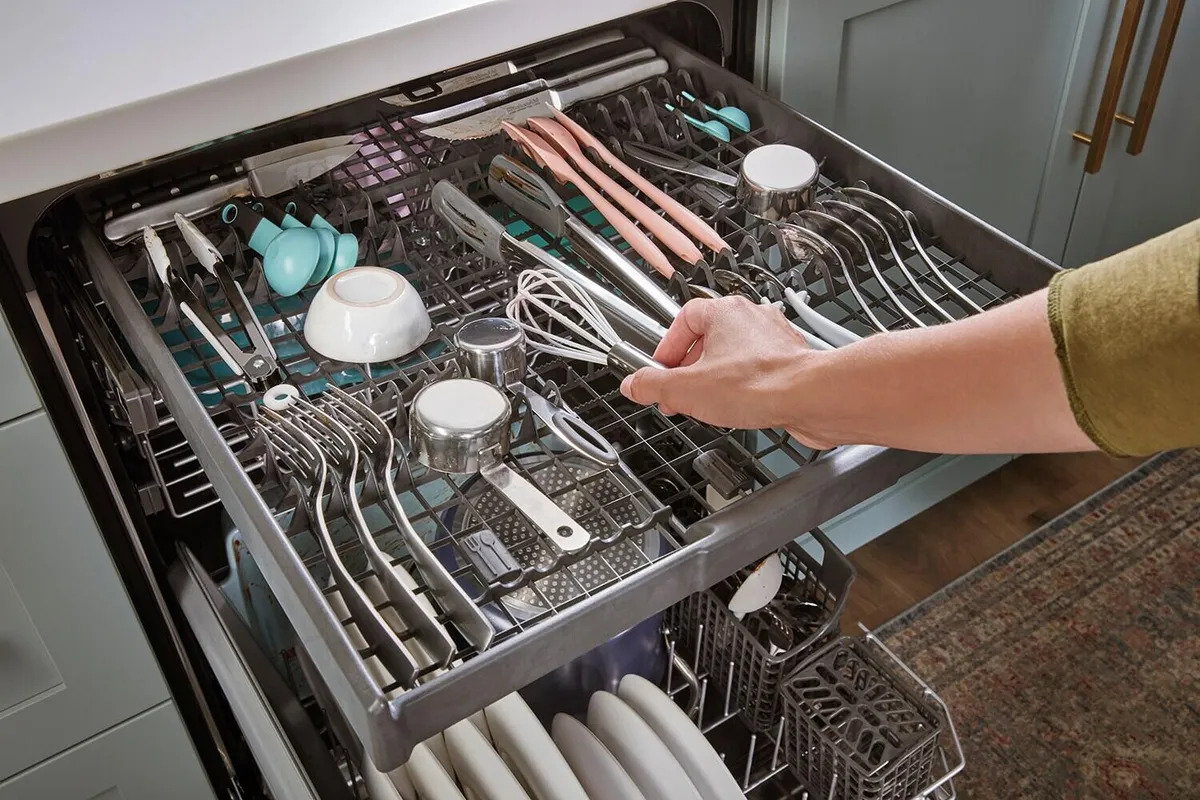
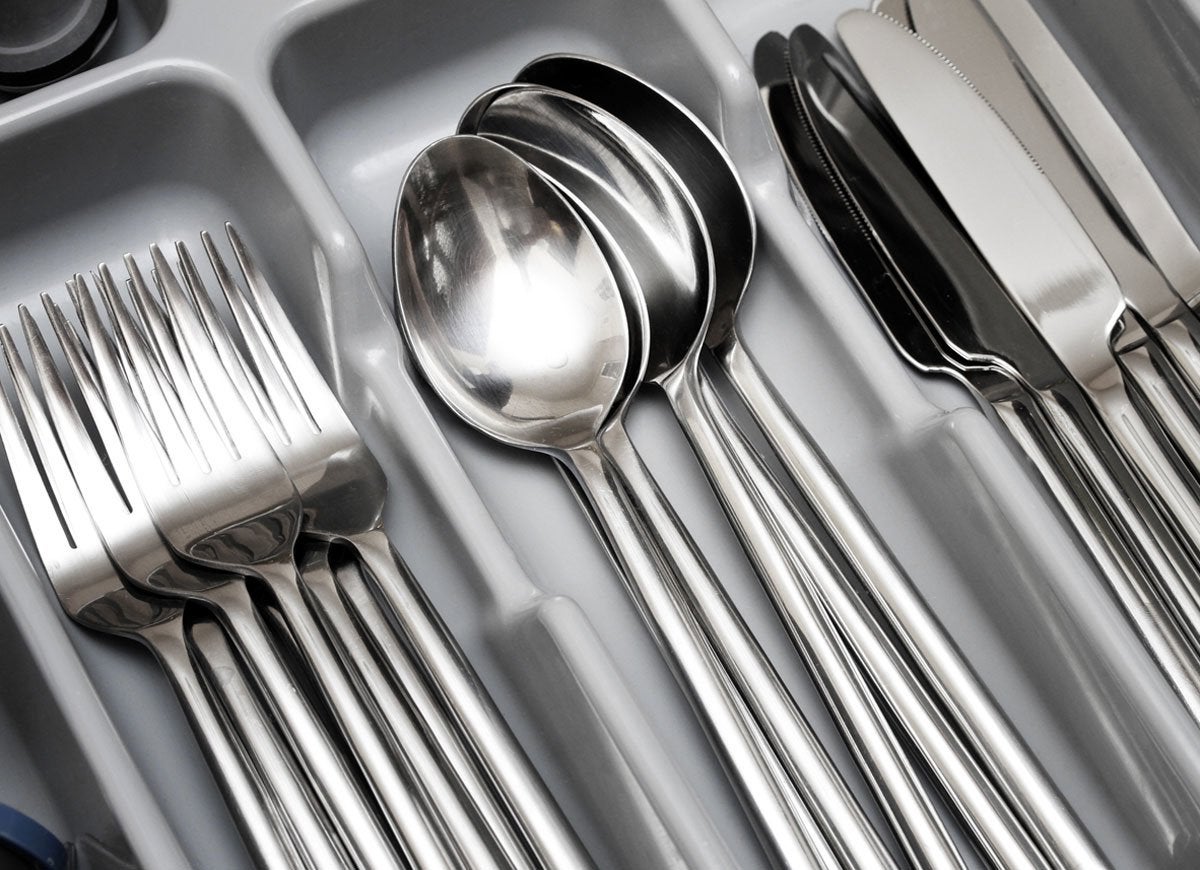
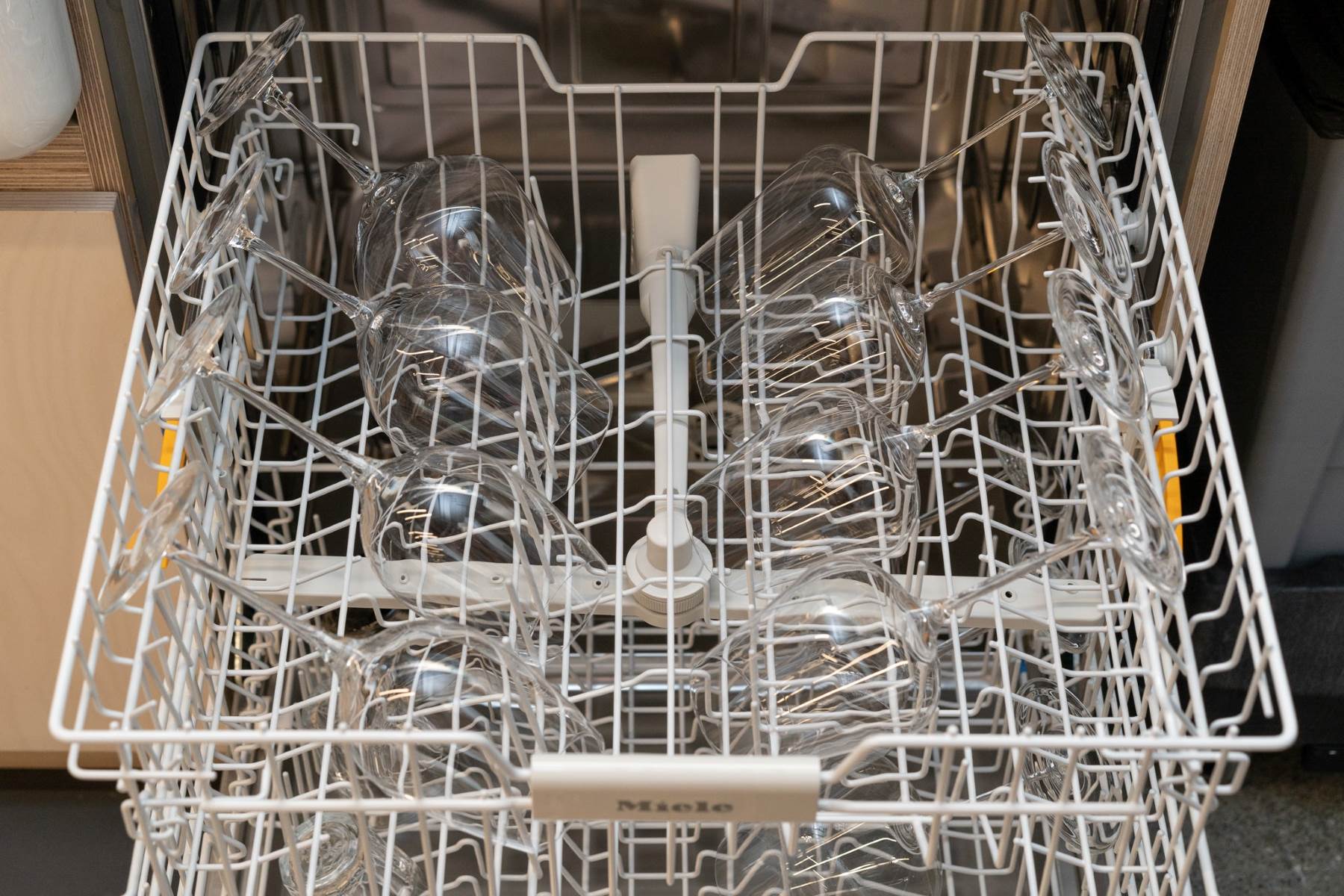

0 thoughts on “How To Put Silverware In The Dishwasher”